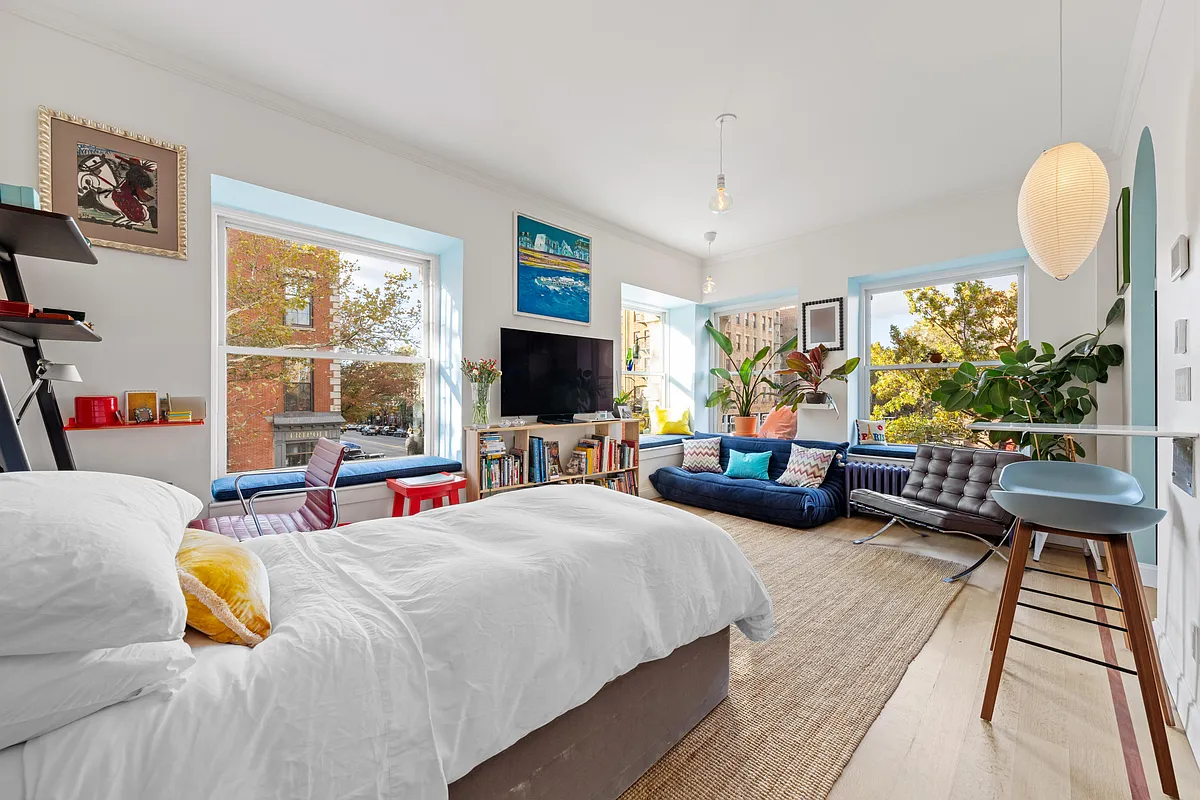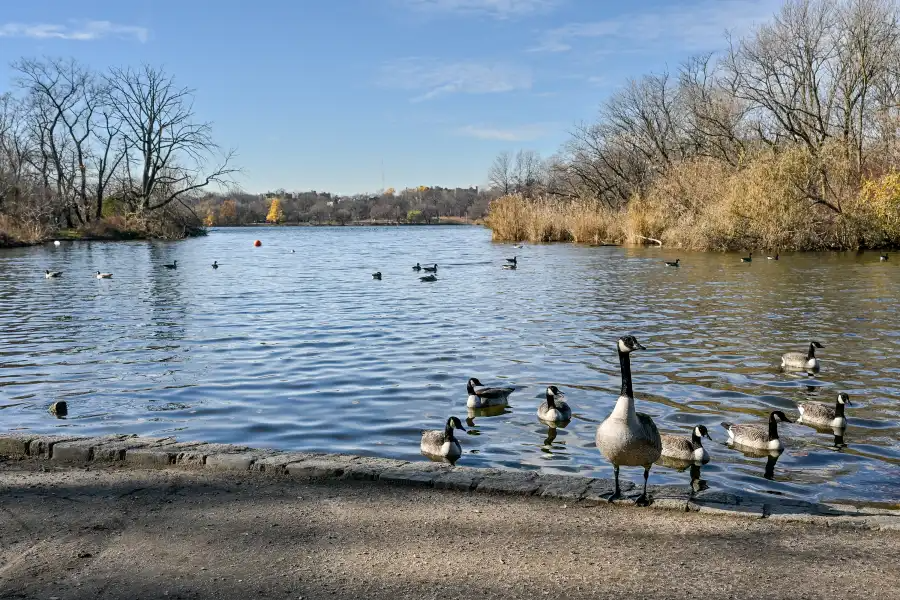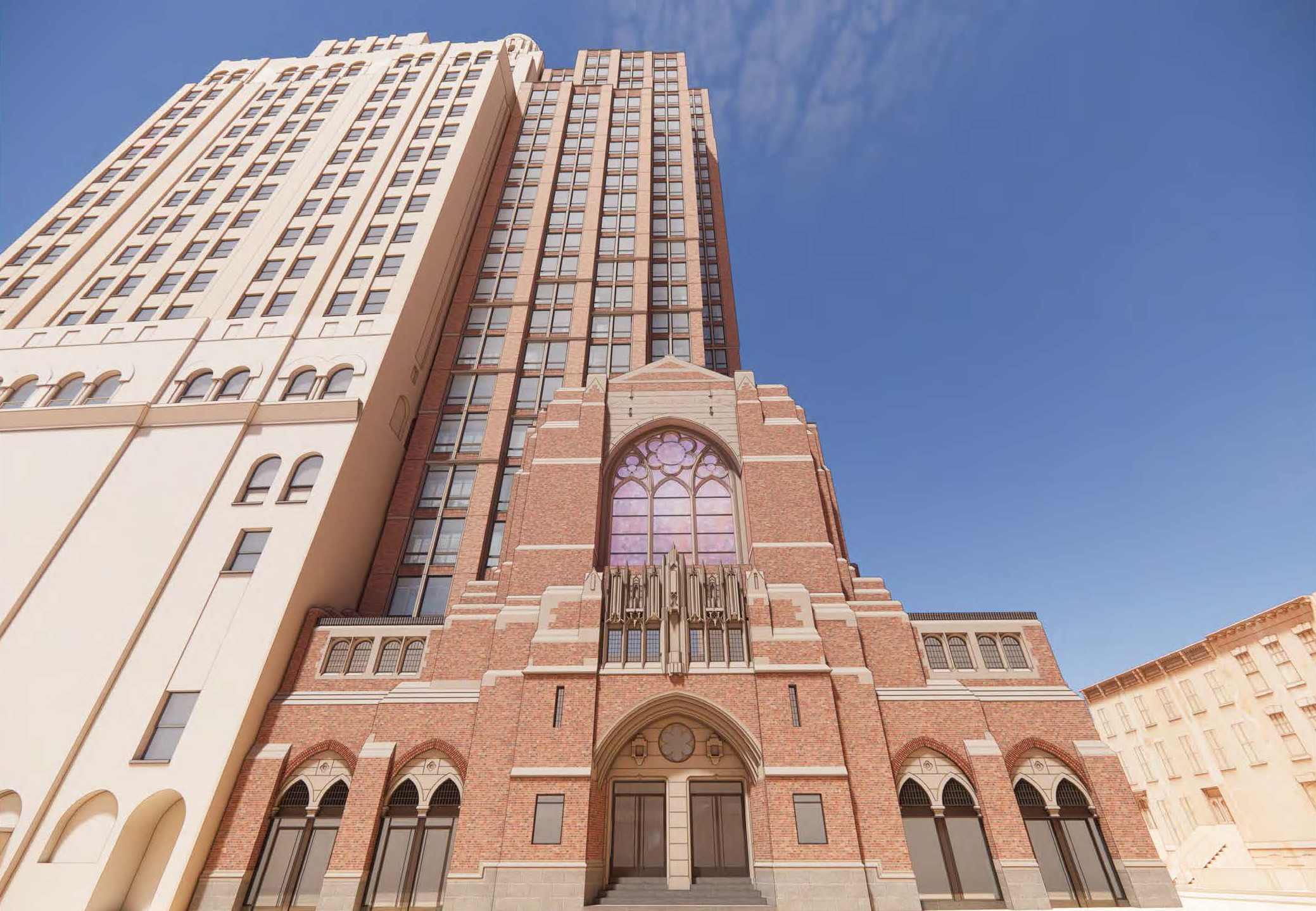News Flash: Everyone Wants to Live in the City
If you weren’t already convinced that city life is becoming increasingly preferable to suburban life, see this article in The New Republic, which looks at a trend called “demographic inversion”—a reversal of the white flight that helped hollow out the inner city beginning in the 1950s. The author quantifies what many Brooklynites already know: the…


If you weren’t already convinced that city life is becoming increasingly preferable to suburban life, see this article in The New Republic, which looks at a trend called “demographic inversion”—a reversal of the white flight that helped hollow out the inner city beginning in the 1950s. The author quantifies what many Brooklynites already know: the neighborhoods closest to vocational and cultural hubs (like, dare we say, Manhattan) and with shopping and services in walking distance are the most popular, forcing poorer folks to move further and further out. There’s been plenty of talk about the suburbs potentially turning into 21st century slums but what will 21st century cities look like if demographic inversion continues? “In the worst case, demographic inversion would result in the poor living out of sight and largely forgotten in some new kind of high-rise projects beyond the city border, with the wealthy huddled in gated enclaves in the center.”
Trading Places [The New Republic]
Beyond Gentrification [Curbed]
Photo by Daily Phototherapy.





Sanesouth well said and guess what? I will be down the road from you playing my banjo.
The What
Someday this war is gonna end,,,
The What – your post @ 12:46 PM was absolutely brilliant. I nominate it for The Pulitzer Prize.
Now that Brooklyn (and Queens and even the Bronx) has improved, the suburbs aren’t all that great in comparison. It’s expensive to get a decent house in the best located suburbs close to the city. It’s not really cheaper than Brooklyn. We couldn’t sell our Brooklyn house and get the same space and quality of house for the same price in any of the towns we’d actually be okay with, which are those with vibrant little downtowns, good amenities and restaurants, historic housing stock, and a fast commute. And if you’re looking for a really great, historic house in one of those towns, there’s nobody selling. The only people selling in droves in the suburbs are the mcmansion subdivision people and the developers who built too many of those things. Those houses and the subdivision lifestyle is way off mark from what upscale young professionals now value. They would never buy a house like that. It’s something those developers should have seen coming long ago with new changes in tastes and lifestyles, if they had any business sense.
Now the smart ones are scrambling to create very very different kinds of suburb towns. Like this one outside Atlanta called Serenbe:
http://www.cottageliving.com/cottage/travel/article/0,21135,1809862,00.html
But nobody in the NYC suburbs are really doing green building and land preservation, are they? The builders in the suburbs here are a bit slow and behind the times.
I lived in Harlem in the 1980s as a wee lass, and throughout Manhattan in the 1990s, but bailed, happily, for a better standard of living. So while I miss certain things, there’s no question it was the right decision for me. I have followed Brownstoner out of curiosity and of course to look at real estate. All I am here to offer is an outsiders perspective. I alternate between bemused and outright thinking this whole situation is nuts. Sometimes I wonder if its crack, and trust me, I remember New York in the 1980s when crack hit, and ‘the what’ is right about that–NYC was a stinking hole and people concerned about molding and original details will not survive when crackheads exchange gunfire on their stoop. But hey, that probably will not happen.
This demographic trend is happening everywhere, all over the country. Yet when I look at the gardens of the week, I wonder why you are spending all this money to recreate the suburbs in Brooklyn. If you want suburban life, then move there. I’m not trying to offend any of you, I’m just baffled by some of what goes on, these dollar amounts cannot be real. I live in a ‘pre-war,’ in an incredibly beautiful neighborhood, and if the south does anything well, its gardening. Yes, ‘Midnight in the Garden of Good and Evil’ is true to life, we really do live like that down here. Moonlight, magnolias, gin and tonic, and there is no stinking subway platform, $1000 home heating oil bills, blackouts, aggravation. I don’t know how you people do it…what will you do when get old? Will you still hump it into Manhattan everyday on the subway, slogging through the snow and heat, when you’re 55, 60 years old? I’ll be sitting on a front porch with a ceiling fan drinking a mint julep and listening to R.E.M.
In “The Ungovernable City: John Lindsay and His Struggle to Save New York City” by Vincent Cannato, there is a nice list of films set in New York all dealing with the issue of urban blight – some comic, some tragic.
Makes a good Netflix queue.
And Benson, I agree that this was one of the better discussions of real world issues that we have had on this board in a while. Thanks for your part in it.
fsrq —
Rent stabilization reduces rents on the units it applies to, although the statistics suggest that it doesn’t do so by much (outside of the most expensive areas, it mainly smooths the boom/bust cycle).
The main impact is to make stabilized rental housing much more predictable and therefore a better, less risky investment, thus reducing the return that investors demand and increasing their willingness to invest.
To the extent that it removes some people from the competition for unregulated apartments, it probably reduces reduces demand and thus rents for unregulated apartments and prices for comparable owner-occupied units.
These effects, however, are not likely to be large now, because of inequality (few people can afford market rates) and because market rents and sale prices currently are well above construction costs.
At market equilibrium, owner-occupied sales prices = unregulated rental value = construction costs, which is why competent appraisers use all three methods.
If sales prices are higher (as they are now in Manhattan/Brownstone Brooklyn), developers make money creating new supply until prices come down by converting rentals or building new units. If rental values are higher (perhaps what is happening in the sections of Gravesend discussed above), then developers convert in the other direction.
If rent stabilization were suddenly ended, stabilized rents would converge with unregulated rents. Since there aren’t enough people in the city to pay current unregulated rents for all units, unregulated rents would come down. Since this would make renting cheaper,some people would decide not to buy, and condo/coop prices would drop too. Obviously, developers would respond by cutting back new construction.
Thus, Polemicist is exactly 180 degrees off. Rent stabilization almost certainly INCREASES development activity in the city. In the short run, it probably increases the prices the rest of us pay, but in the long run, by increasing construction of new housing, it probably will help reduce prices for all of us.
Meanwhile, anyone paying current purchase prices should note that they suggest a market in radical disarray, and wacko markets do have a tendency to turn back towards equilibrium. In the long run, prices are not likely to stray for long from either the cost of building/renovating a comparable place or the value to an investor holding to rent.
$2.6m for a Park Slope brownstone that is worth no more than $1.5m as a long-term rental investment and that would cost less than that to build from scratch is a tremendous incentive to create more… or to find a way to get rid of some rent stabilized tenants paying even less. Enough people do that and they will overwhelm the number willing and able to pay a fifty percent premium to own instead of renting.
DOW8000=The What’s sockpuppet. Or is it The What is DOW’s sockpuppet. Either way, too many times we see them both at the scene of the crime, whipping up an echo chamber of misery.
Parked Slope;
OK, I’ll try to meet you halfway. I agree that in many cases folks sold their homes to these investors so that they could move to Jersey nad buy their McMansion paradise. I also agree that in some ways this is an inevitable part of the development of the city.
Having said that, I still maintain that there is a group in this city that is being squeezed, and that is the lower middle class, even if they readjust their expectations to a nice apartment rather than a McMansion. As I said way back in the beginning of this post, there is little in NY that is attractive to them right now: they make too much money to qualify for subsidies, they can’t afford Brownstone Brooklyn, the cost of living is too high and many of them have jobs that do require a car, which they need to park somewhere. That car doesn’t have to be a Hummer, but they need it, and they shouldn’t have to spend one hour a day looking for parking.
On that note, I’ll be signing off. This has been one of the better discussions on Brownstoner. I think that one thing everyone on this post can agree to (with maybe the exception of The What) is that NYC is a far, far better place today than it was back in my formative years of the 70’s. About one year ago I happened to see a showing of “The French Connection” in a theater. It was shot on location in NYC in 1970. Even though I lived through that era, I was amazed by what I saw, and I recommend that people see it to remind themselves of how far we have come. The filth, the dreariness, the run-down neighborhoods one sees in that film are not to be believed.
Have a good weekend all!